Climate, Planning, Economy. Tips 71+
0↓
Contents #71
- #71: Embodied carbon and climate
- #72: Food and the remaining carbon budget
- #73: Carbon budgets and transport
- #74: We are not short of land
- #75: Construction and prefabrication
- #76: Pollution in the countryside
- #77: Pollution in towns
- #78: Density and disease
- #79: Greenbelts
- #80: Economist Lionel Robbins misunderstood science
Goto 1 11 21 31 41 51 61 71 81 91
↑ #71 Embodied carbon and climate

The importance of embodied carbon has recently been recognised. The Embodied Carbon Task Force comprises a group of practitioners, academics and developers who have an interest in ensuring that embodied carbon is integrated into normal good practice building design and development. In 2014 it published Proposals for Standardised Measurement Method and Recommendations for Zero Carbon Building Regulations and Allowable Solutions. This says:
–Even before a building is occupied, between 30% – 70% of its lifetime carbon emissions have already been accounted for.
–Embodied carbon makes up the largest proportion of the carbon emissions of a building through its lifetime.
↑ #72: Food and the remaining carbon budget
- Food and the remaining carbon budget
- No beef
- Can DEFRA be trusted with climate
- Defra funded study of beef, tomatoes, etc
Food consumption is a large part of our carbon emissions. Emissions caused by livestock are large but other foodstuffs, particularly produce flown in by plane, can have a very high carbon footprint too.
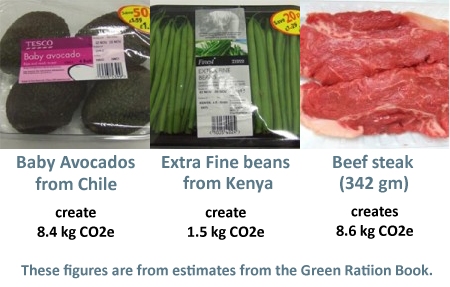
↑ #73: Carbon budgets and transport
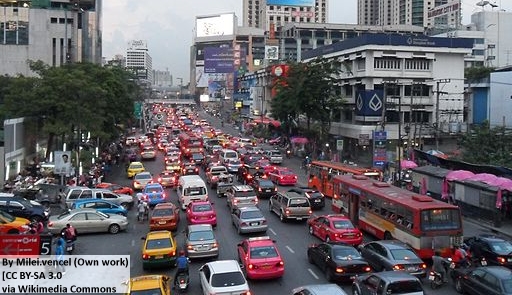
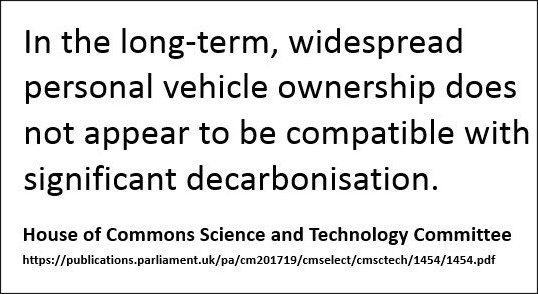
The remaining carbon budget is how much CO2 can be released into the atmosphere to limit global warming to a given temperature.
Tim Jackson has estimated the UK’s fair share of the remaining carbon budget. For a 1.5°C rise (with a 66% chance of success) the UK’s share is 2.5 billion tonnes CO2. With a UK population of 66 million, this amounts to a “fair personal remaining carbon budget” of 38 tonnes CO2.
Rogelj et al. have estimated that to keep the Earth’s temperature rise to a maximum of 1.5°C (with a 66% chance of success) the remaining carbon budget is 320 billion tonnes of CO2. With a global population of 7.8 billion, that amounts to just over 40 tonnes CO2 each.
Researchers at the University of York looked at the new development at Derwenthorpe, York, using their REAP Petite software. Derwenthorpe was meant to be a sustainable development with a low carbon footprint but the results indicated that it achieved a footprint of 14.52 tonnes CO2e per resident per year. (Note: That is per resident not per household.)
↑ #74: We are not short of land
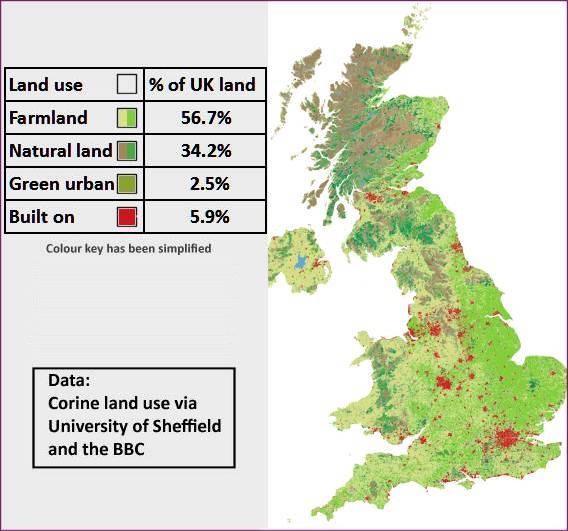
For the whole of the UK:
- More than half of the land area is farmland (fields, orchards etc),
- Just over a third is natural (moors, heathland, natural grassland etc),
- Under 6% is built on (roads, buildings, airports, quarries etc)
- Green urban is 2.5% (parks, gardens, golf courses, sports pitches etc).
Note that just 6% is built on.
In the UK only the London Region is a bit crowded.
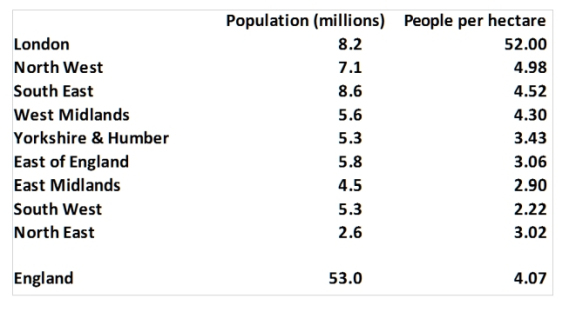
The London Region is ten times more dense than other English regions.
But even the most dense borough in London is Islington at 157 people per hectare is not as dense as Paris (209), Athens(203) or Barcelona (159). Surrounded by the South East Government Region London is within easy reach of expanses of land where people could settle and have a decent life. The South East Region has a density less than one tenth of the London Region.
Planning permision is not a natural resource describes how the planning system creates half the wealth of the UK by increasing the value of land by rationing the supply of “building land”. This is artificial wealth created by government policy.
This wealth benefits land owners and house owners. It takes from the young and poor to give to the old, rich and affluent.
↑ #75: Construction and prefabrication
The cost of building a traditional house is a modest part of the cost of a new home: In York it is less than the cost of the land when it has planning permission. Not long ago it has been possible to build an individual 3 bed roomed house for about £50,000. I know someone had one built for £50,000 – on land they already owned.
New models of building are becoming available. The exciting Wikihouse development, where new technology and open source designs mean the potential house owner has much more control. See the Ted Talk, Architecture for the people by the people, where
designer Alastair Parvin presents a simple but provocative idea: what if, instead of architects creating buildings for those who can afford to commission them, regular citizens could design and build their own houses? The concept is at the heart of WikiHouse, an open source construction kit that means just about anyone can build a house, anywhere.
Other new construction methods include factory made houses such as those planned by Legal and General: Houses made in factories from Cross Laminated Timber (CLT), which sounds like a more substantial version of something we usually call plywood. Sadly L&G seem to have removed their video of the construction process from their website. Rumours that I have heard suggest that the manufacturing cost for L&G houses is £30, 000 per unit.
↑ #76: Pollution in the countryside

The countryside is not as clean and green as it seems. Modern non-organic agriculture has a large carbon footprint, particularly the methane emitted by ruminants (cows, sheep, goats &etc.) and the use of nitrogen compounds derived from the energy intensive Harber Bosh process. The carbon footprint of “modern”, non-organic, food production is large but there are other unwelcome impacts. Three of these:
- Loss of soil fertility
- Insectageddon
- The nitrate time bomb
↑ #77: Pollution in towns
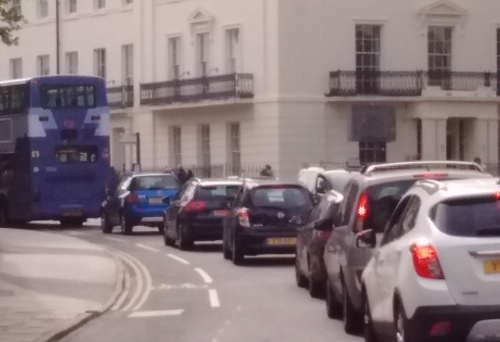
With coal pollution receding, York’s air improved and so did the look of the inner city terraced houses. Since the 1970s they have gradually lightened in colour and their value has risen. Houses that 1948 Plan for York described as “worn out houses” costing a thousand or so pounds in 1970, now sell for over £200,000. That’s a 20 fold increase in real terms.
Now traffic pollution kills
↑ #78: Density and disease
Population density is an important aspect but simple density is not the only driver. Rates of disease are also affected by lifestyles and living conditions.
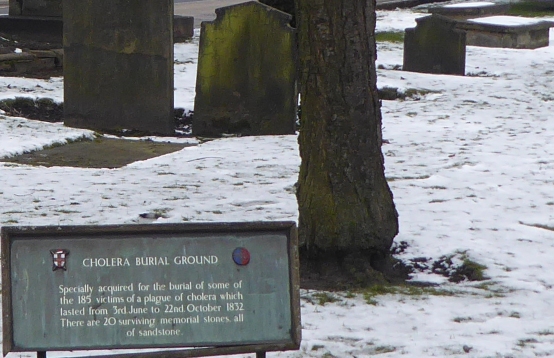
↑ #79: Greenbelts
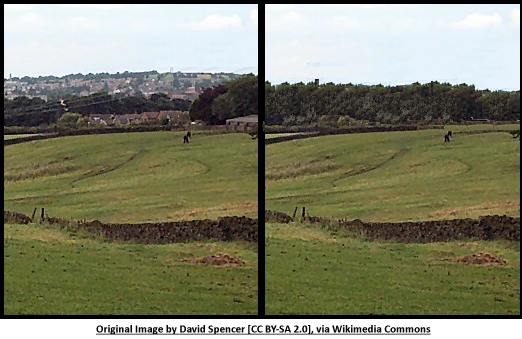
Traditionally green belts were seen to stop urban sprawl and were the ‘green lungs’ of the city. This emphasised public health issues such as slum clearance. The policy is seen as a major instrument in terms of protecting the environment against environmental damage as a result of overdevelopment. It is a policy which is believed will to ‘protect the countryside’.
Now green belts are mechanisms for restricting the supply of planning permission.Greenbelt policy:
- — Increases in the value of land with planning permission
- — Gives massive rewards to the affluent (owners of property and land)
- — Penalises the poor and the young
- — Rewards those that pollute the most – the affluent
- — Protects green fields of monoculture with little biodiversity
↑ #80: Economist Lionel Robbins misunderstood science
In 1927 the physicist, Percy Williams Bridgman put forward his view of science that had a huge influence on the social sciences in the 1930s and 1940s. This was called “operationalism”. For many decades now no philosopher of science has taken operationalism seriously. Bridgman’s main point was that we do not know the meaning of a scientific concept unless we have a method for measuring it.
Bridgman was wrong as simple examples show e.g. in 1909 Robert A. Millikan and Harvey Fletcher estimated the charge on an electron from the movement of oil drops in electric fields. They did not observe electrons but no scientists regarded the idea of an electron as an unscientific concept even though electrons are not directly observable
Operationalism influenced Lionel Robbins, who in 1932 published “An essay on the nature and significance of economic science”. The influential claim Robbins made was that any use of “satisfaction”, or any internal state of mind, was unscientific: Satisfaction could not be directly measured. He gave this example:
If we tested the state of their blood-streams, that would be a test of blood, not satisfaction. Introspection does not enable A to discover what is going on in B’s mind, nor B to discover what is going on in A’s. There is no way of comparing the satisfactions of different people.
Robbins may have refused to discern what is going on in other minds but ravens do not, as recent research has shown
Fears over surveillance seem to figure large in the bird world, too. Ravens hide their food more quickly if they think they are being watched, even when no other bird is in sight.
New Scientist says this “is the strongest evidence yet that ravens have a ‘theory of mind’ – that [ravens] can attribute mental states such as knowledge to others.”
Robbins was clearly wrong, his “satisfaction” (aka happiness) is a perfectly good “emergent property” which can be in statements that are testable. It has similar status to the “tornado” described in the Stamford Encyclopedia of Philosophy.
Few mainstream economists will acknowledge this mistake: Even Richard Layard, the modern purveyor of “happiness” in economics have not disavowed Robbins.
See Robbins didn’t understand science. Ravens do.
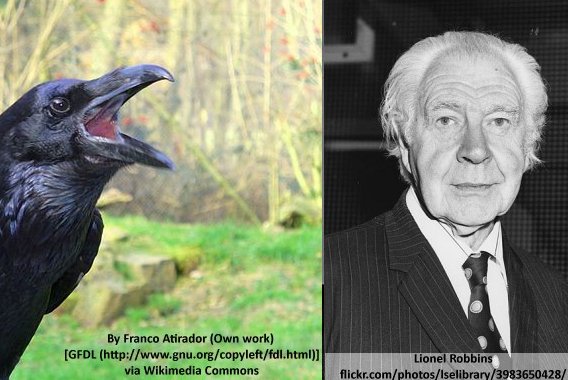
British Heritage says Robbins “is known for his leadership at LSE, his proposed definition of economics, and for his efforts in shifting Anglo-Saxon economics from its Marshallian direction.”
He tried to distance economics from moral statements like “We should try to make people satisfied.” from economics by (falsely) claiming that satisfaction cannot be used in a testable scientific statement like “Satisfied people commit less crime”.
See also Theoretical Terms in the Stamford Encyclopedia of Philosophy.
A summary of #71 to #80
Tips #71 to #80 can be grouped into three sections:
Section 1. The biggest global issue – climate change
- 1: Embodied carbon and climate
- The way we build and the materials used damage the climate.
- 2: Food and the remaining carbon budget
- Modern agriculture and our consumption damage the environment.
- 3: Carbon budgets and transport
- Our travel patterns and means of transport are unsustainable.
Section 2. Planning policies burden the poor
- 4: We are not short of land
- A very small portion of the UK is built-up.
- 5: Construction costs
- Modern methods are reducing construction costs.
- 6: Greenbelts
- Greenbelts protect privilege – at the expense of the majority.
Section 3. Public health & public safety
- 7: Pollution in the countryside
- The countryside is being polluted.
- 8: Pollution in towns
- Towns are being polluted.
- 9: Density and disease
- Good public health allows denser settlements.
Section 4. Economics & philosophy
- 10: Lionel Robbins didn’t understand science
- Other economists followed like Hayek and von Mises.
- 11: Can Richard Layard really be following Percy Bridgman?
- The guru of “happiness” still sticks with Robbins.
- 12. Thomas Piketty or Robin Hood?
- Piketty tries to persuade the affluent equality is good for them.
TrackBack URL :
